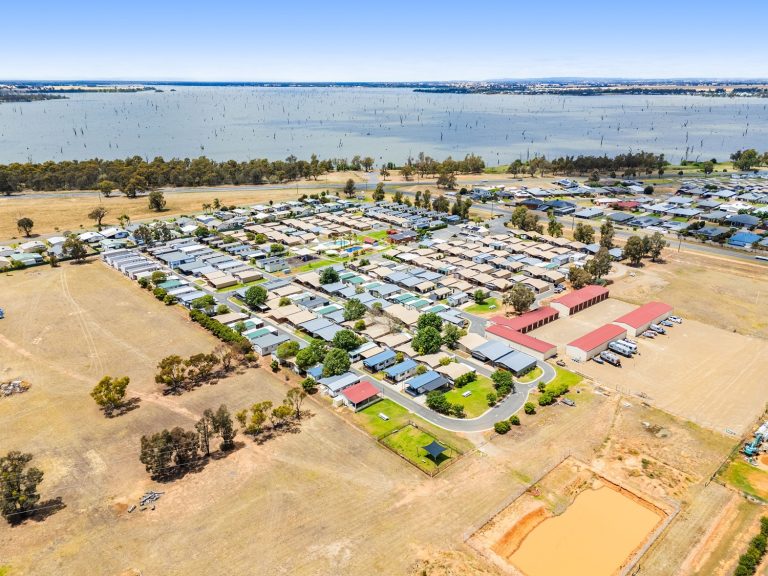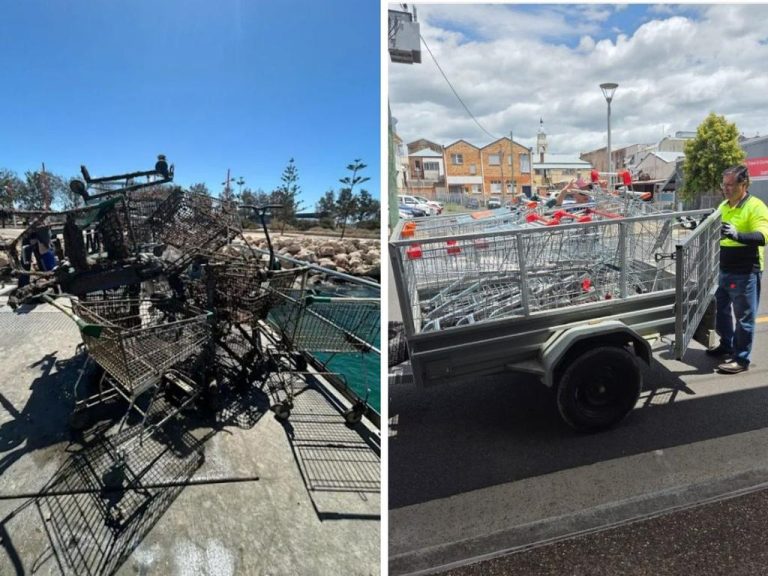The demise of the Aussie steakhouse scene
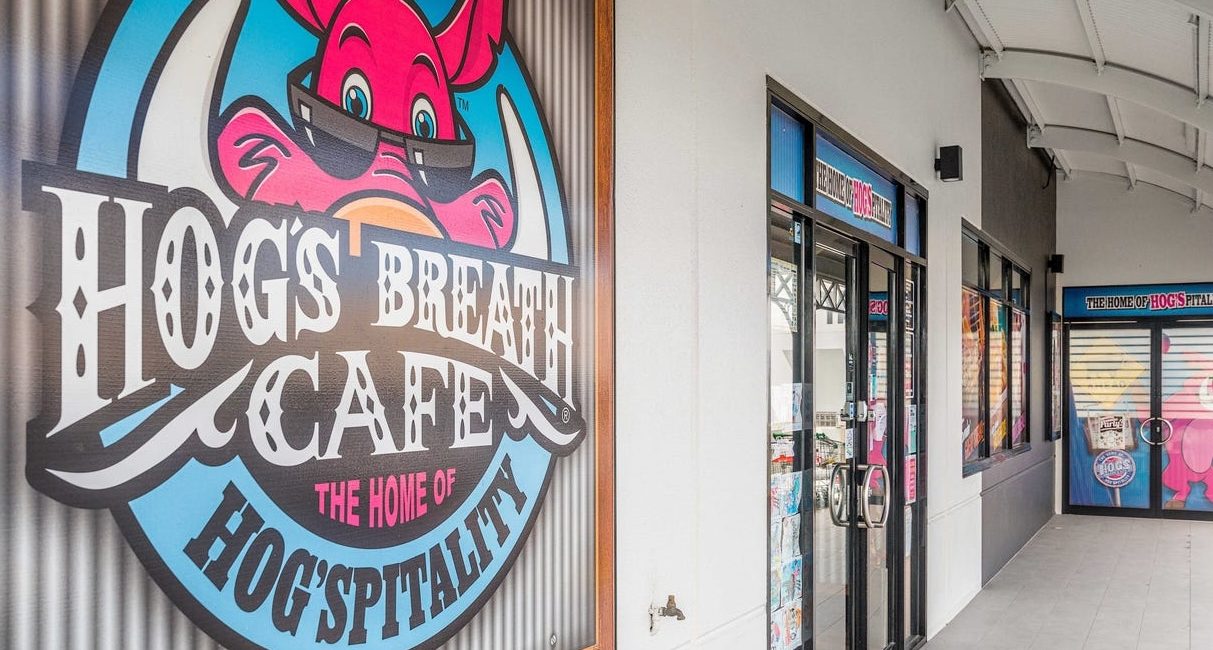
Once beloved destinations for a cheap and cheerful meal, the quintessential Aussie steakhouse has become a culinary relic that fell victim to changing trends.
If you grew up in Sydney circa 1970 through to the mid 2000s, chances are you remember The Black Stump.
Renowned for its sizzling steaks served on wooden chopping boards, foil-wrapped jacket potatoes and bacon wrapped prawns, the famous restaurant brand was a local institution.
In 1972, the outback-themed chain offered four locations across NSW, in Liverpool, Killara, Blacktown and Pennant Hills.
Back then a dozen oysters would set you back $1.80, while classic desserts like Danish layer cake, banana fritter and ice cream, or cheesecake, could be purchased for a mere 60 cents.
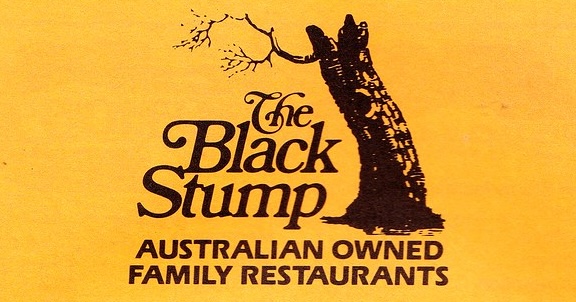
By 1992, the chain had tripled to at least 15 franchise locations across the state.
However, by the time the new millennium had rolled around, The Black Stump suddenly found itself out of step with the newly sophisticated tastes of modern consumers – particularly given its reputation for discounted shop-a-docket meals.
The company subsequently went into administration in December of 2004.
“Just like clothing, food goes through generational cycles,” said Suzee Brain, Director of Titanium Food.
“And I think from both a design and concept perspective, The Black Stump perhaps suffered from going out of fashion.”
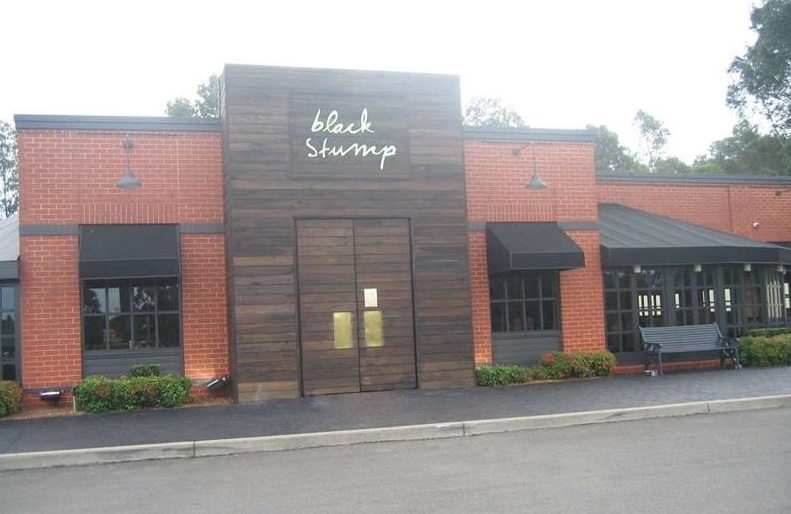
Despite trying to reinvent itself in the 2000s, Black Stump could not be saved. Picture: realcommercial.com.au
In 2005, Hong Kong entrepreneur Peter Chai purchased the business for $2 million in an attempt to revamp the chain in line with trendy city restaurants.
Sadly, it was all but too late for the struggling brand.
Hard rock no more
Rock ‘n’ roll restaurant The Hard Rock Café was an iconic steakhouse chain that also fell out of fashion.
While its origins were in the UK (the first diner was founded in London in 1971), the inaugural Australian venue which opened on Crown Street in Darlinghurst quickly became a Sydney institution.
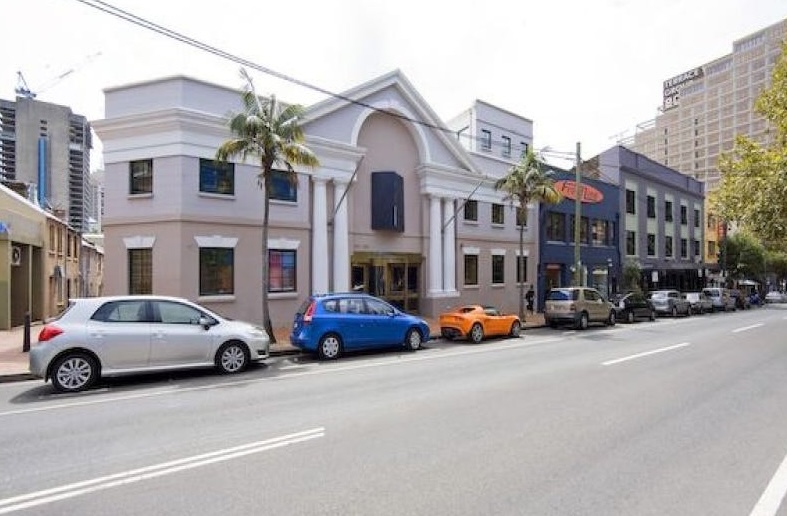
The former site of Australia’s first Hard Rock cafe has been converted into a skin cancer clinic. Picture: realcommercial.com.au/sold
An estimated 900 guests paid $200 each to attend its 1989 opening and rub shoulders with Hollywood A-listers.
As detailed by australianfoodtimeline.com.au, the menu featured steakhouse classics like ribs, burgers and chicken wings, but also catered to Aussie tastes by serving up chicken parmigiana and adding beetroot to its burgers.
The venue enjoyed enormous success and two venues in Surfer’s Paradise and Melbourne’s Windsor Hotel soon followed in the early 90s.
View this post on Instagram
But The Hard Rock Café fell on hard times when its Darlinghurst venue closed in 2007.
It later relaunched in Darling Harbour in 2011 under new ownership.
However, in 2023, the closure of both Darling Harbour and Gold Coast venues marked the end of the Hard Rock’s tenure in Australia.
Suzee Brain labelled the company’s demise “unsurprising”.
“When I look at our data on that kind of larger format of steakhouse, they’re twice the size of what a casual dining restaurant is today,” she explained.
“Their productivity and sales are about the same, but the rent goes up on a per square metre basis, so it makes commercial sense that a lot of those kinds of restaurants didn’t survive because their business model wasn’t quite right.”
“They really needed to shrink their box sizes if they wanted to enjoy continued growth and reinvent themselves.”
Read more: Whatever happened to Sizzler.
Running out of breath
It might be one of the last survivors of the steakhouse ‘old guard’, but even the renowned Hog’s Breath Café has struggled to stay afloat.
Just six years ago, the brand had up to 80 venues across Australia. However, in 2019, about a dozen stores were forced to close after their owners declared bankruptcy or lost valuable assets.
In 2021, the number of stores almost halved to just 47 remaining locations.
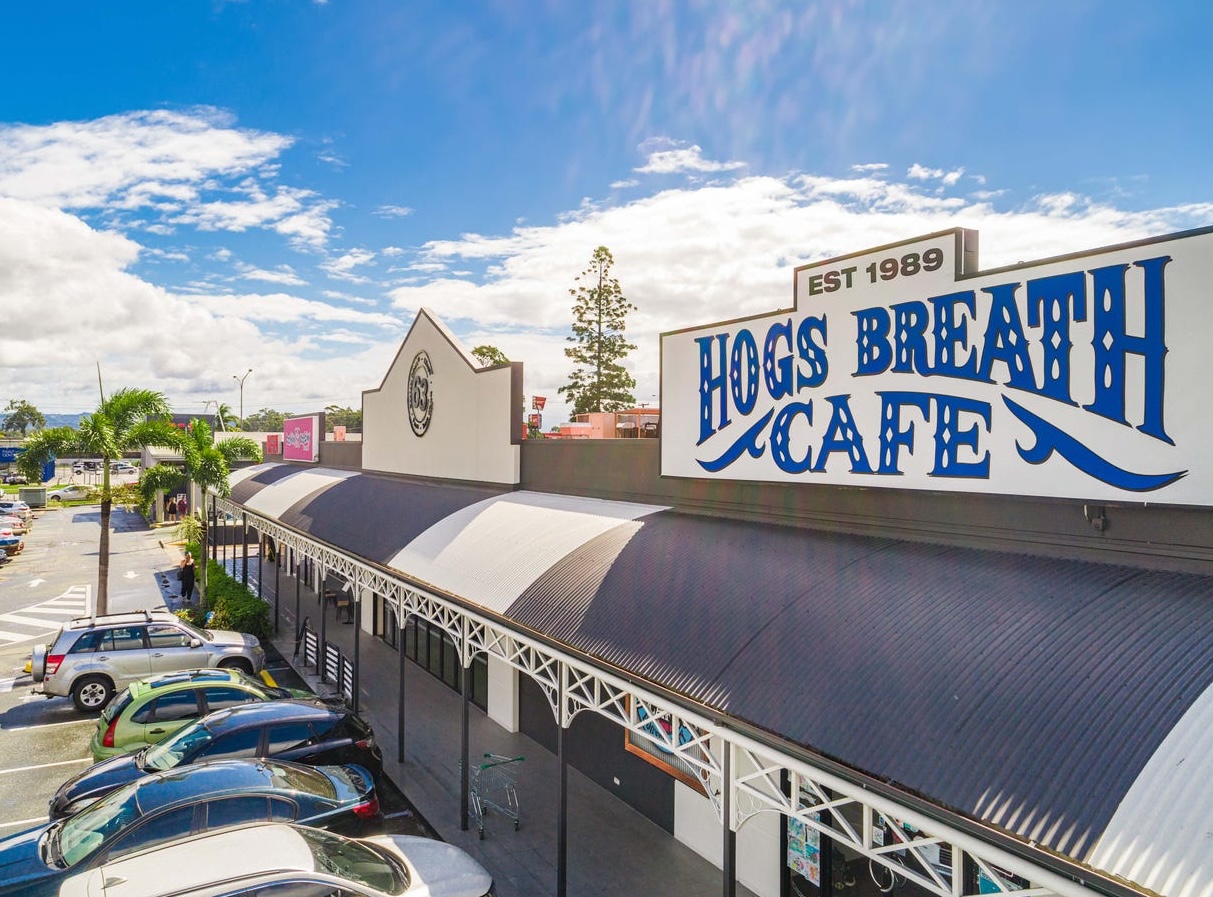
Hog’s Breath Cafe has dramatically scaled back in recent years amid pandemic challenges and changing consumer behaviour. Picture: realcommercial.com.au
At the time, Hog’s Breath Cafe’s former chief executive Ross Worth said the company was facing its “toughest environment we’ve seen in 30 years”.
Mr Worth said there were a number of factors that led to the closure of multiple stores, including customer’s changing eating and drinking habits.
Suzee Brain said market saturation could also be a contributing factor.
“Between cafes, restaurants, pubs, and takeaways, there are over 60,000 choices of where to eat out in Australia at the moment,” she explained.
“That’s a lot per capita. And a lot of venues all competing for the same market.”
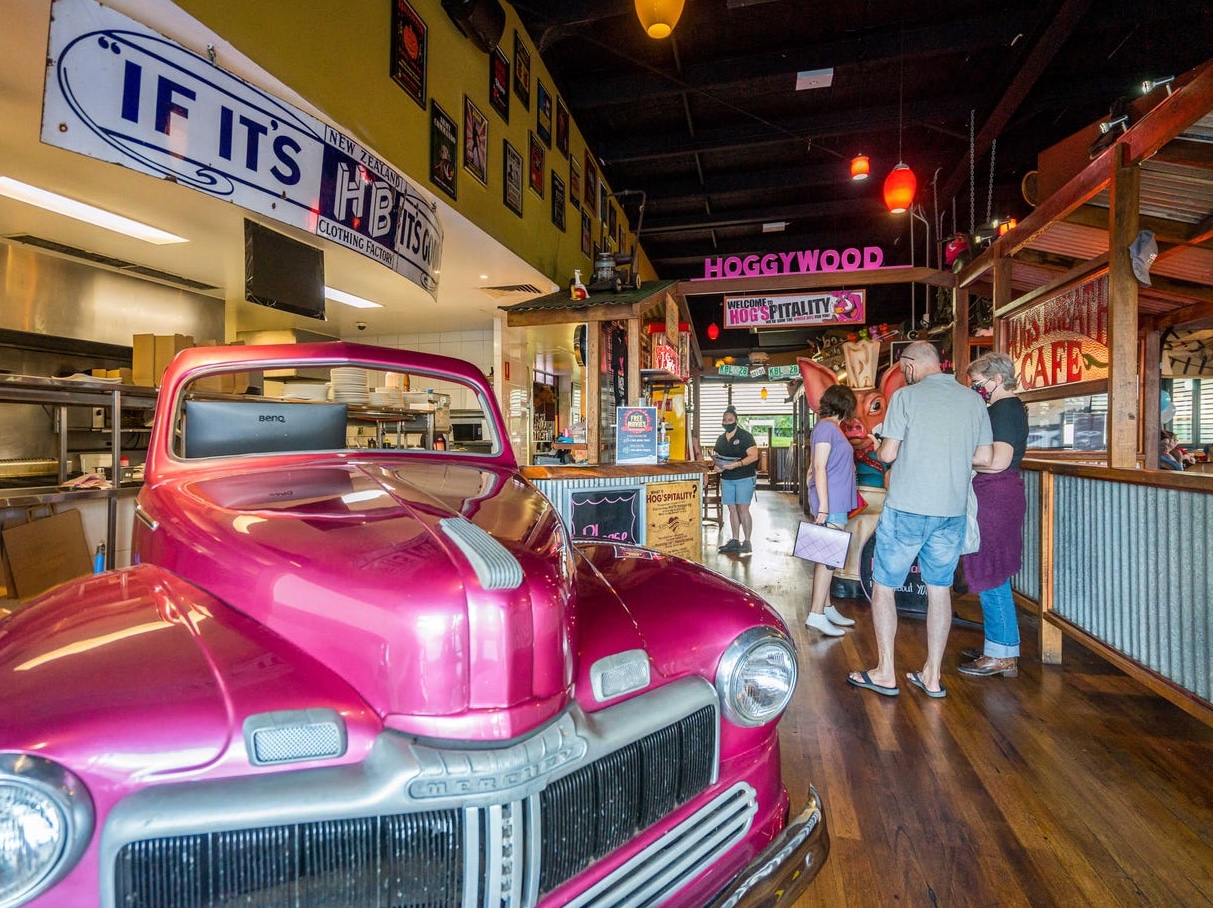
Known for its quirky fit outs and curly fries, Hog’s Breath built a loyal following in the early days. Picture: realcommercial.com.au
“We’ve also seen a rise in major shopping centres offering bigger and better dining precincts,” added Ms Brain, “which gives people more choices and also takes them off the high street and out of traditional restaurants.”
Rise of the gastropub
Michael Fegent, director of Atticus Hospitality, noted the emergence of the gastropub as another likely factor in the demise of the Aussie steakhouse.
“Pubs serving a quality steak and chips is really only a relatively new phenomenon,” he said.
“If you wanted to enjoy a steak 20 or 30 years ago, you only had the choice of a cheap and cheerful restaurant or a fine dining venue. There wasn’t much in the way of a middle ground.”
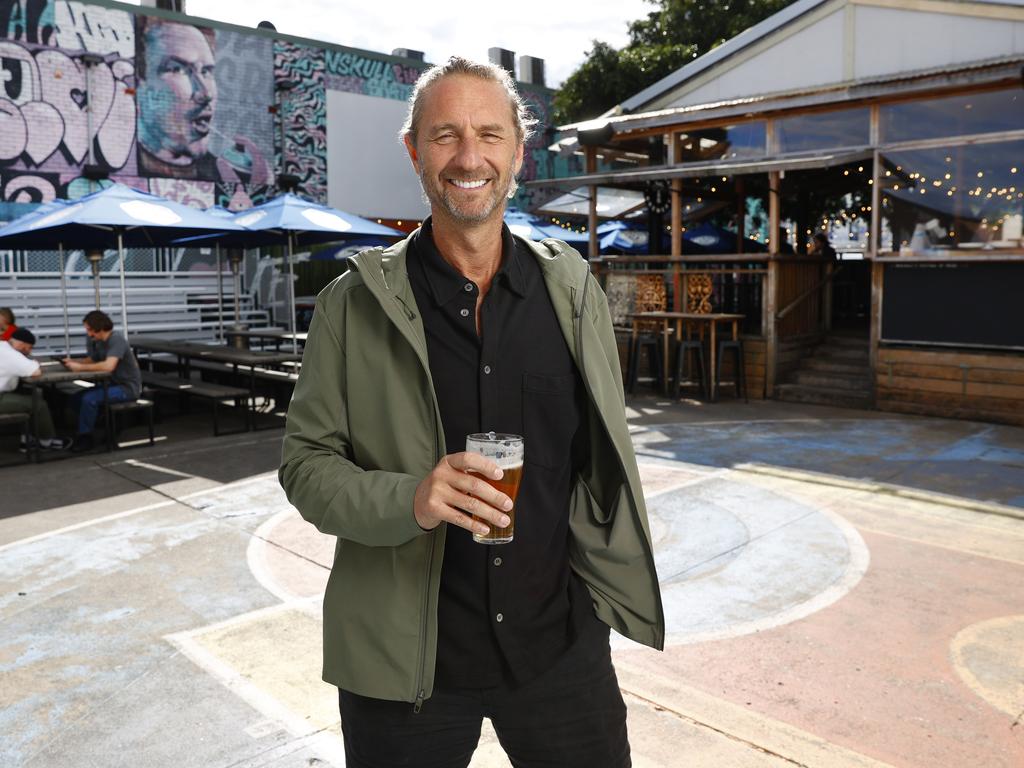
Pub baron Justin Hemmes pictured at the Vic on The Park at Marrickville, one of his many establishments. Picture: Richard Dobson
Mr Fegent said the “Justin Hemmes-ification” of pubs in Sydney has led to far better food offerings.
“They’ve definitely contributed to the readjustment of who survives and who doesn’t.”
The casualisation of dining
Ms Brain said economic factors have also led to a ‘casualisation’ of the dining scene.
“Every time there is a significant economic event, we generally see the emergence of a more casualised dining landscape and consumers seeking affordability,” she explained.
“It happened during the dot-com bust, the 2007/2008 global financial crisis, and of course, the worst of all, the COVID pandemic.”
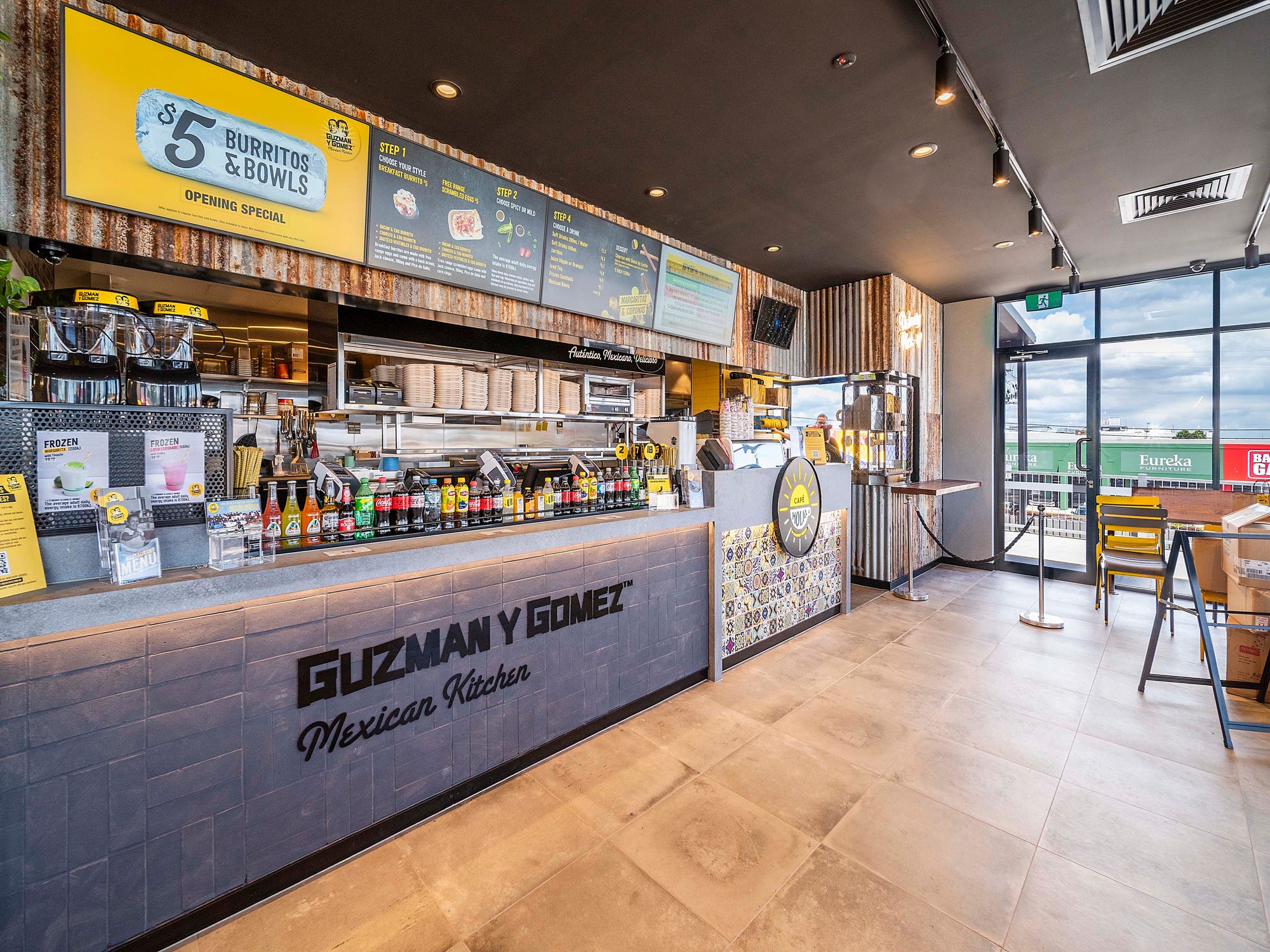
Casual dining options, such as Guzman y Gomez, exploded in popularity during Covid. Picture: realcommercial.com
Ms Brain attributed this casualisation of the market to the rise of “quick serve restaurants” like Guzman Y Gomez, Betty’s Burgers and Ribs & Burgers.
“Ribs & Burgers is basically the modern version of The Black Stump,” added Mr Fegent.
“Only a cheaper and faster dining experience.”
With the meaty taste buds of the baby boomers now being replaced by Gen Y, Gen Z and the Alphas, what does this mean for the steak restaurant of the future?
“We’re certainly witnessing a rise in the vegan and vegetarian market,” said Ms Brain.
“Data from last year, for example, showed that in Great Britain, 57% of Gen Zs intended to keep eating meat compared to 99% of their great grandparents.”
“And with our immigration profile shifting more to the Far East to India and places like that, this is only going to further exacerbate the vegetarian side of things in our country as well.”

